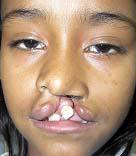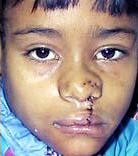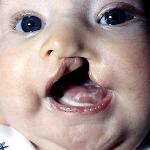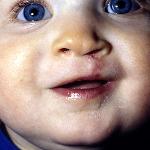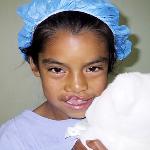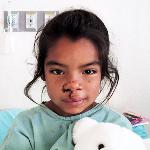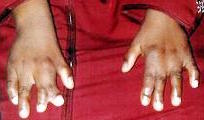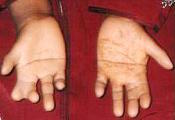BRA Day is an initiative designed to promote education, awareness and access for women who may wish to consider post-mastectomy breast reconstruction.
Birth Conditions
Plastic surgeons help to reconstruct many types of birth defects, including:
- cleft lips or palates
- hand deformities
- birthmarks: vascular or pigmented
- abnormalities of skull and facial bones
Cleft lips or palates
These deformities occur in roughly 1/1,000 Canadians.
Cleft lips are usually repaired between 3 and 6 months of age in Canada.
Cleft palate can occur alone or in association with a cleft lip. The palate has several functions including providing a barrier between the mouth and nose, helping to form suction, and contributing to the formation of proper speech. Surgery to repair the palate is usually performed around 1 year of age, when speech is starting.
Hand differences
Syndactyly – a condition where two or more fingers are not separated. This is the most common hand birth defect. Surgery to separate the fingers is usually performed around 1 year of age to promote good finger growth and development.
Thumb duplication is another common hand birth defect. One of the two thumbs is usually removed after 1 year of age.
Birthmarks
The most common vascular birthmark is a hemangioma. These red growths can appear anywhere on a baby’s body at or shortly after birth. Most of these grow quickly in the first year of life and then regress spontaneously on their own by the age of 5 to 8 years. Some may require treatment with medicine during the growth phase. A small percentage will benefit from surgery during the regression phase.
Pigmented birthmarks are commonly known as congenital nevi or congenital moles. They come in various sizes. Treatment options will vary according to the size and location of these birthmarks.

